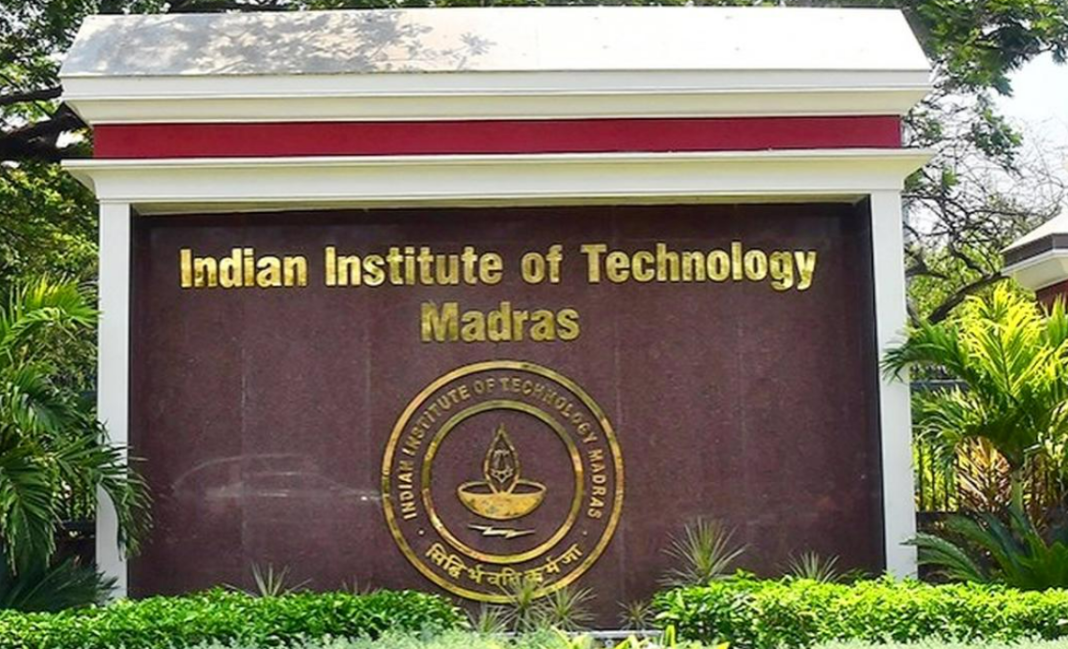IIT-Madras Leads the Pack Once Again
Indian Institute of Technology-Madras (IIT-M) has once again cemented its dominance in the National Institutional Ranking Framework (NIRF) 2025, retaining the top spot in the overall category for the seventh consecutive year. The rankings, released by the Ministry of Education in New Delhi on September 4, also placed the Indian Institute of Science (IISc) Bengaluru in second place, while IIT-Mumbai secured the third position.
This year’s announcement marks the 10th edition of the NIRF rankings, which have grown into a benchmark for assessing higher education institutions across India.
Excellence Across Categories
IIT-Madras stood out not only in the overall category but also bagged first place in the Innovation category and the Engineering category. The institute’s continued focus on cutting-edge research, industry collaborations, and sustainable development initiatives has further solidified its reputation. IIT-Delhi followed closely behind in engineering, while in the new category of Sustainable Development Goals (SDGs), IIT-Madras again topped the list.
IISc Bengaluru, widely recognized as a hub of advanced research, was ranked the best research institution and also secured first place in the University category. It was followed by Jawaharlal Nehru University (JNU), New Delhi, and Manipal Academy of Higher Education.
Specialized Institutions Shine
Across specialized categories, leading institutions once again reaffirmed their dominance:
-
Law: National Law School of India University (NLSIU), Bengaluru, retained its position as the best law college in the country.
-
Medical and Dental: All India Institute of Medical Sciences (AIIMS), Delhi, continued its reign as the top medical and dental college.
-
Agriculture: Indian Agricultural Research Institute (IARI), Delhi, was ranked as the best in agriculture and allied sectors.
-
Pharmacy: Jamia Hamdard, New Delhi, topped the pharmacy category, with BITS Pilani and Panjab University, Chandigarh, following.
-
Management: Indian Institute of Management (IIM) Ahmedabad took first place among management institutes, ahead of IIM-Bangalore and IIM-Kozhikode.
-
Architecture and Planning: IIT-Roorkee secured the top spot, followed by NIT Kozhikode and IIT-Kharagpur.
State and Open Universities Recognized
The NIRF 2025 rankings also celebrated the contribution of state and open universities. Jadavpur University in Kolkata emerged as the best state public university, followed by Anna University, Chennai. Indira Gandhi National Open University (IGNOU), Delhi, was ranked the best open university, while Symbiosis Skills and Professional University was recognized for excellence in skilling initiatives.
Among colleges, Delhi’s Hindu College, Miranda House, and Hansraj College claimed the top three spots, reinforcing the national capital’s dominance in undergraduate education.
Government’s Vision and New Initiatives
Speaking at the awards ceremony, Union Education Minister Dharmendra Pradhan emphasized the role of rankings in shaping the country’s education sector. “The 10th edition of NIRF reflects the stable growth of Indian higher education. Ranking is not just about numbers but about accountability and continuous improvement,” he said.
He reiterated the government’s long-term goal of achieving a “developed India by 2047” and announced that a new mechanism would soon be introduced for ranking institutions. “We will adopt the principle of ‘One nation, one data’ to ensure transparency and comparability. Moreover, entrepreneurship as a parameter should be added to assess institutional performance,” Pradhan remarked.
Parameters of Evaluation
This year’s rankings assessed institutions across 17 categories including overall, universities, colleges, engineering, management, pharmacy, medical, dental, law, architecture and planning, agriculture and allied sectors, open universities, skill universities, state public universities, research institutions, innovation, and Sustainable Development Goals.
Institutions were judged on five primary parameters: teaching, learning and resources; research and professional practice; graduation outcomes; outreach and inclusivity; and perception. While most stakeholders agree on the comprehensive nature of these parameters, the “perception” criterion has sparked debate, with calls for greater emphasis on entrepreneurship and industry partnerships.
Looking Ahead
With IIT-Madras continuing its exceptional streak and IISc Bengaluru maintaining its stronghold in research, India’s higher education system is witnessing a clear drive toward innovation, inclusivity, and global competitiveness. The 2025 rankings not only reflect academic excellence but also signal the country’s determination to meet future challenges with robust, world-class institutions.








